The journey toward clearer, healthier skin is rarely straightforward. For many who struggle with acne, the frustration of trying product after product with little to no success can lead to feelings of hopelessness. However, one active ingredient has consistently demonstrated powerful, transformative results—benzoyl peroxide. The evidence of its efficacy is striking, and nothing tells the story better than real-world benzoyl peroxide before and after outcomes. These visible improvements, often achieved within weeks, speak to its credibility as a dermatological staple. Whether you’re just beginning your skincare journey or returning to proven solutions, understanding how benzoyl peroxide works, what to expect over time, and how to use it safely can help guide you toward better skin and improved confidence.
You may also like: The Ultimate Guide to Choosing an Effective Acne Treatment for Sensitive Skin
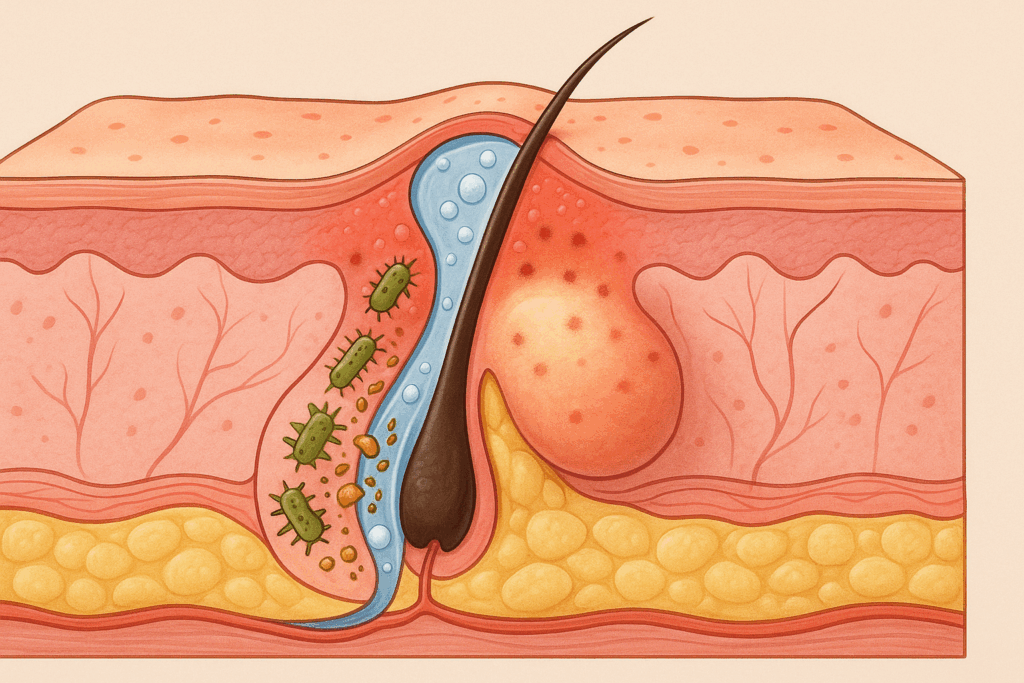
Understanding Benzoyl Peroxide and Its Role in Acne Treatment
To grasp why benzoyl peroxide has become such a cornerstone in acne treatment, it helps to understand how this compound works at a molecular level. Benzoyl peroxide is a topical antibacterial agent that targets Propionibacterium acnes (now known as Cutibacterium acnes), the bacteria responsible for inflamed acne lesions. It does this by releasing oxygen deep within pores, creating an environment where acne-causing bacteria cannot survive. Unlike antibiotics, benzoyl peroxide doesn’t create bacterial resistance, making it a sustainable long-term option for acne management.
What makes benzoyl peroxide even more appealing is its keratolytic action. It helps to exfoliate the skin by promoting the shedding of dead skin cells and preventing clogged pores, which are often the precursors to blackheads, whiteheads, and deeper cystic acne. By combining these two powerful effects—bacterial suppression and pore cleansing—benzoyl peroxide effectively interrupts the acne cycle at multiple stages. This multi-action approach makes it one of the few topical treatments that not only treat existing breakouts but also prevent future ones.
Furthermore, benzoyl peroxide is available in various concentrations, typically ranging from 2.5% to 10%. Studies have shown that lower concentrations can be just as effective as higher ones with fewer side effects, such as dryness and irritation. This adaptability means users can tailor their treatment to match their skin’s sensitivity and specific needs. This flexibility, combined with proven efficacy, reinforces why benzoyl peroxide remains a first-line recommendation by dermatologists worldwide.
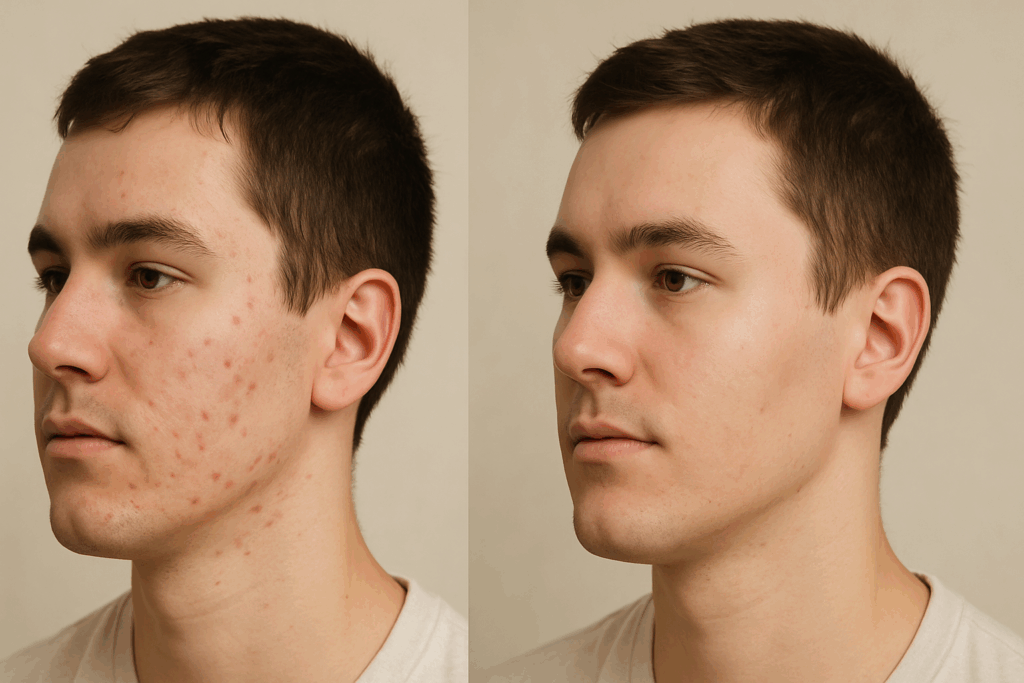
Visible Improvements: Benzoyl Peroxide Before and After in Action
For those seeking visible, concrete evidence of success, benzoyl peroxide before and after comparisons offer some of the most compelling proof. Users often report a dramatic reduction in active breakouts, a smoother texture, and more even skin tone after several weeks of consistent use. In some cases, improvements can be noticed in as little as one week—especially when starting with mild to moderate acne. These early wins are motivating and underscore the importance of consistent application and proper skincare support.
However, the true power of benzoyl peroxide is more evident over a longer timeline. By the four- to six-week mark, many users experience not only a reduction in the frequency and severity of breakouts but also healing of old lesions, reduction in inflammation, and fading of post-acne marks. It’s important to distinguish between the initial purging phase, where skin might temporarily worsen, and true irritation. Understanding this difference helps maintain adherence to treatment without unnecessary discontinuation.
Photographic comparisons—when taken under consistent lighting and angle—often reveal the nuanced improvements that aren’t always obvious day-to-day. Subtle textural refinements, smaller pores, and reduction in redness become increasingly noticeable. In clinical settings, dermatologists often track progress visually alongside subjective symptom improvement. When paired with professional evaluations, the results seen in benzoyl peroxide before and after images often correlate with improved patient satisfaction and emotional well-being.
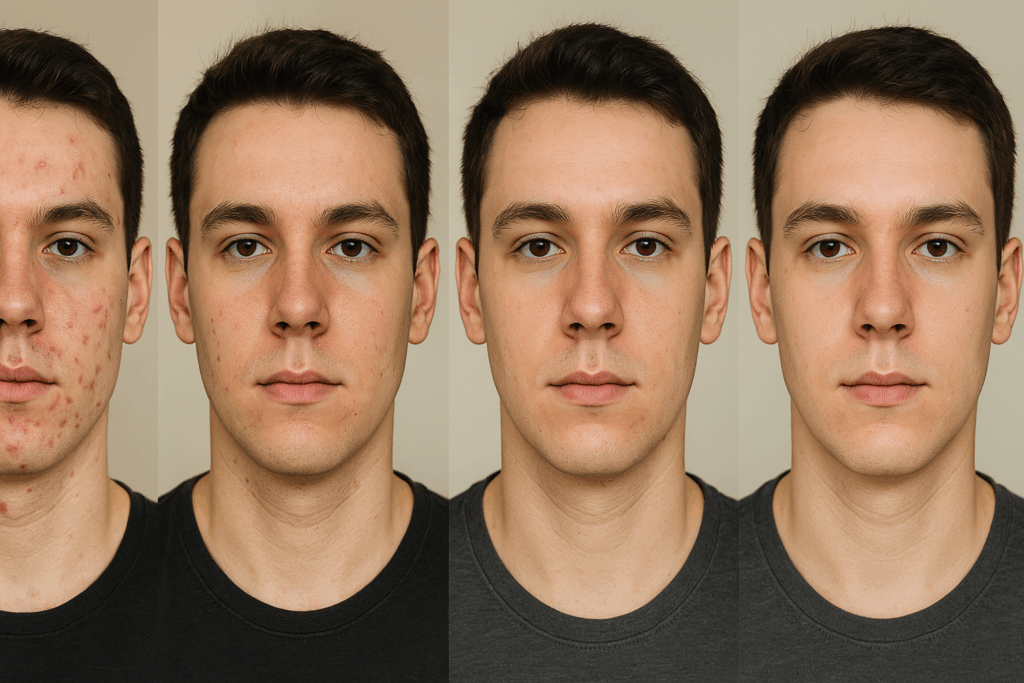
What to Expect: 1 Week Benzoyl Peroxide Results and Beyond
Many new users are curious about what kind of results they can expect in the early stages of treatment. The question often arises: are there meaningful 1 week benzoyl peroxide results? While benzoyl peroxide is not a miracle cure that works overnight, some early effects are indeed observable within the first seven days. These may include a decrease in the size of active blemishes, reduced oiliness, and a subtle improvement in skin clarity. For those with sensitive skin, there may also be an initial adjustment period characterized by dryness or mild redness.
During the first week, it’s common for some users to notice what appears to be a temporary worsening of acne. This phenomenon, known as “purging,” occurs when benzoyl peroxide accelerates the turnover of skin cells, bringing pre-existing clogged pores to the surface. Though it may be frustrating, this is a temporary phase and a sign that the product is actively working to clear the skin. Using a gentle, fragrance-free moisturizer and avoiding other irritating products can help manage any initial discomfort.
Beyond the one-week mark, the improvements generally become more evident. By the end of the second to third week, inflammation tends to subside, and the frequency of new pimples begins to decline. Continued use through the fourth and sixth week results in noticeable transformation—an increase in smoothness, clarity, and even tone. These 1 week benzoyl peroxide results are only the beginning of a longer, rewarding process for those who remain committed to a consistent routine.
The Science Behind How Long Benzoyl Peroxide Takes to Work
When setting expectations for acne treatment, one of the most common questions is how long does benzoyl peroxide take to work? The answer depends on several factors including the severity of acne, skin type, the concentration used, and whether other products are part of the regimen. For most people, a timeline of four to six weeks is a realistic benchmark for seeing sustained improvements.
Benzoyl peroxide begins working almost immediately at a cellular level by releasing oxygen into the pores and killing acne-causing bacteria. However, visible improvement takes time due to the nature of the skin’s renewal cycle, which typically spans around 28 days. The initial period often focuses on clearing out existing blockages and reducing inflammation. During this phase, breakouts may still occur, but they tend to be less intense and shorter in duration.
By the third week of use, the bacterial load on the skin is significantly reduced, and sebaceous glands begin to normalize oil production. This contributes to fewer clogged pores and breakouts moving forward. If used correctly and consistently, most users will see meaningful improvement by week six. At this point, the skin’s surface appears clearer, less irritated, and more balanced. For those with more severe or cystic acne, benzoyl peroxide may be combined with other agents such as topical retinoids or oral antibiotics for synergistic results.
Understanding how long benzoyl peroxide takes to work is vital in preventing premature discontinuation. Many users give up before the treatment has had a chance to reach its full potential. Setting realistic expectations and complementing benzoyl peroxide with appropriate skincare habits increases the chances of success and helps sustain long-term benefits.
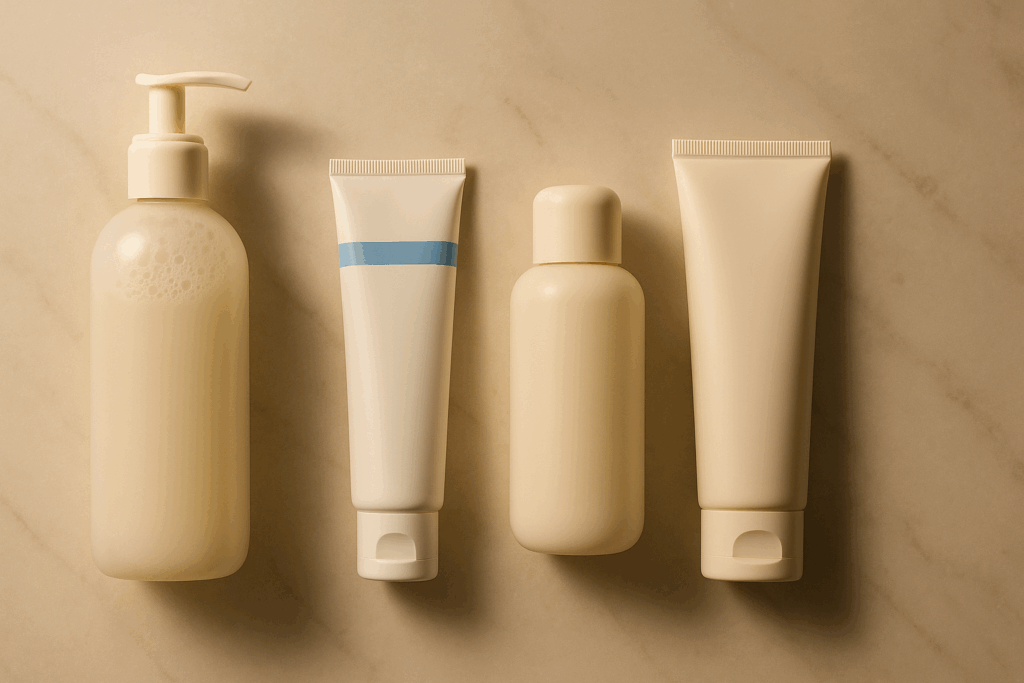
Managing Irritation and Building Tolerance Over Time
As effective as benzoyl peroxide is, its strength can also be a source of irritation for some users, particularly those with sensitive or dry skin. This is why starting with a lower concentration—like 2.5%—and gradually increasing frequency of application is often recommended. Many dermatologists suggest beginning with every-other-day use, slowly progressing to daily application as the skin builds tolerance. This approach minimizes redness, flaking, and discomfort while still delivering therapeutic benefits.
Moisturizing is essential in any acne treatment plan that involves benzoyl peroxide. Using a non-comedogenic moisturizer helps restore the skin barrier, reducing transepidermal water loss and calming inflammation. Pairing benzoyl peroxide with a hydrating routine also prevents over-drying, a common complaint that often leads users to abandon treatment prematurely. Ideally, moisturizers containing ceramides, hyaluronic acid, or niacinamide can soothe and fortify the skin during treatment.
Incorporating sunscreen into the routine is another important step. Benzoyl peroxide can make the skin more susceptible to sun damage, so applying a broad-spectrum SPF 30 or higher every morning is essential. This not only protects the skin but also prevents post-inflammatory hyperpigmentation—dark marks that can linger after acne heals. By managing irritation and protecting the skin, users can continue their treatment long enough to reap the benefits shown in benzoyl peroxide before and after results.
Long-Term Maintenance: Extending Benzoyl Peroxide Success
Once the skin has reached a state of clarity, the focus shifts to maintenance. Long-term use of benzoyl peroxide can help prevent relapse, especially in individuals with oily or acne-prone skin. However, the application strategy may evolve. Instead of using it as an all-over treatment, many opt for spot-treating problem areas or applying it to acne-prone zones like the T-zone. This targeted approach minimizes irritation while maintaining control over breakouts.
Consistency remains key. Acne is a chronic condition for many, and discontinuing treatment often results in recurrence. Fortunately, benzoyl peroxide’s non-resistance-forming nature makes it safe for prolonged use. Still, over time, some users choose to alternate it with other products like salicylic acid or sulfur-based treatments to diversify their skincare routine without compromising effectiveness. This strategic rotation can also reduce the chances of developing dryness or sensitivity.
It’s also beneficial to complement topical treatment with lifestyle changes. A diet rich in anti-inflammatory foods, proper hydration, regular exercise, and stress management all play supporting roles in skin health. Though benzoyl peroxide does the heavy lifting, a holistic approach helps maintain the clear, smooth complexion achieved during treatment. When viewed through the lens of benzoyl peroxide before and after transformations, long-term maintenance is a vital piece of the skincare puzzle that ensures results are not only achieved but sustained.

Combining Benzoyl Peroxide with Other Active Ingredients
While benzoyl peroxide is powerful on its own, its effectiveness can be enhanced when used alongside complementary ingredients—provided the combination is safe and intentional. One of the most well-studied pairings is benzoyl peroxide with topical retinoids like adapalene. This combination addresses acne from multiple angles: benzoyl peroxide kills bacteria and reduces inflammation, while retinoids promote cell turnover and prevent clogged pores.
Another common duo is benzoyl peroxide with clindamycin, an antibiotic. This combination is often prescribed for moderate to severe acne and provides both antibacterial and anti-inflammatory effects. Because benzoyl peroxide reduces the likelihood of bacterial resistance, it serves as a protective agent when using antibiotics topically. However, care must be taken with simultaneous use of other exfoliating agents like alpha hydroxy acids or salicylic acid, as this can increase the risk of over-exfoliation and irritation.
When creating a multi-step regimen, it’s essential to introduce one new product at a time and monitor how the skin reacts. Layering products properly also matters. Benzoyl peroxide should generally be applied to clean, dry skin before other serums or moisturizers. Waiting a few minutes between layers helps each product absorb effectively without dilution or interference. By thoughtfully integrating other actives, users can amplify their skincare strategy while minimizing risks.
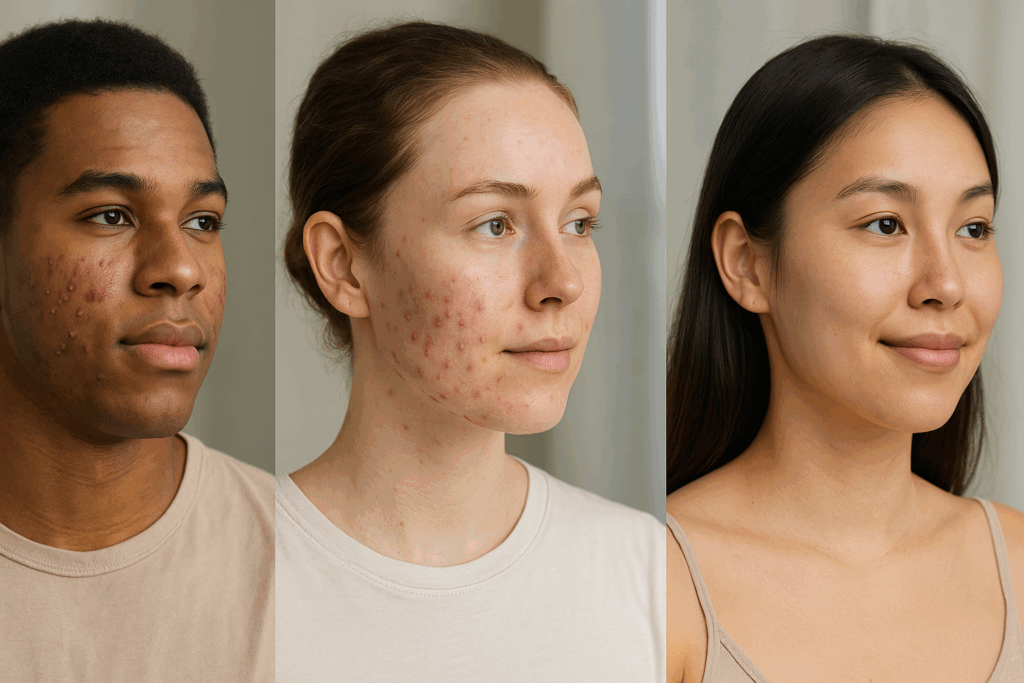
Realistic Expectations: How Long for Benzoyl Peroxide to Work for Different Skin Types
Not all skin types react the same way to benzoyl peroxide. Those with oily, resilient skin may tolerate daily use of higher concentrations and see results more quickly. In contrast, individuals with dry, sensitive, or eczema-prone skin may require a slower ramp-up and additional support through moisturizing and barrier-repair products. Regardless of skin type, understanding how long for benzoyl peroxide to work helps set realistic benchmarks and avoids unnecessary disappointment.
Teenagers dealing with hormonal acne might notice quicker results due to more active sebaceous glands, while adult women with hormonal fluctuations may need longer treatment durations and potentially combination therapies. Similarly, individuals with deeper cystic acne may see slower surface-level improvement but significant reduction in inflammation and recurrence over time. Patience is key—acne didn’t develop overnight, and it won’t resolve overnight either.
Dermatological guidance can help tailor treatment based on skin type, history, and goals. In clinical settings, assessments typically occur at the six- and twelve-week marks to evaluate effectiveness and adjust plans. Tracking changes through journaling or photography allows users to recognize subtle improvements and stay motivated. As always, adherence is the most significant predictor of success, and knowing how long for benzoyl peroxide to work can reinforce the importance of commitment to the regimen.

From Confidence to Clarity: The Psychological Impact of Clearer Skin
The benefits of benzoyl peroxide extend beyond physical appearance. Acne often takes a toll on emotional well-being, leading to decreased self-esteem, social withdrawal, and even anxiety or depression. For many, the transformation seen in benzoyl peroxide before and after images is not just skin deep—it’s life-changing. Regaining control over one’s skin can translate into renewed confidence, improved social interactions, and a more positive self-image.
These psychological shifts are especially profound in adolescents, for whom appearance often plays a significant role in peer relationships and self-perception. Adults, too, experience the emotional liberation that comes from no longer feeling the need to conceal or explain their skin. The relief of looking in the mirror and seeing a smoother, healthier complexion cannot be overstated. It reinforces self-worth and opens the door to deeper emotional healing.
Mental health professionals and dermatologists alike acknowledge the interconnectedness between skin health and emotional resilience. Encouraging realistic expectations, supporting long-term adherence, and celebrating progress—no matter how incremental—can transform a simple skincare routine into a powerful act of self-care. In this way, benzoyl peroxide is more than a product; it’s a catalyst for both dermatological and psychological well-being.
Clear Skin Within Reach: The Takeaway on Benzoyl Peroxide Before and After
At its core, benzoyl peroxide remains one of the most effective, accessible, and science-backed solutions in the fight against acne. The stories told through benzoyl peroxide before and after transformations offer undeniable proof of its potential to restore skin clarity and elevate self-confidence. From the early stages of seeing 1 week benzoyl peroxide results to understanding how long benzoyl peroxide takes to work, each phase of the journey reinforces the value of consistency, patience, and informed care.
Its ability to address both current blemishes and prevent future ones makes it a comprehensive option suitable for a wide range of skin types and acne severities. By managing initial irritation, combining it intelligently with other actives, and following a personalized routine, users can maximize its benefits while minimizing drawbacks. Most importantly, appreciating how long for benzoyl peroxide to work allows individuals to stay committed and reap the long-term rewards.
As with any skincare journey, success is measured not only by clearer skin but by the renewed sense of confidence that comes with it. Benzoyl peroxide is more than a topical treatment—it’s a gateway to transformation, one application at a time. With proper education, realistic expectations, and a consistent routine, the path from breakouts to clarity is not just possible—it’s within reach for anyone ready to take the first step.
Frequently Asked Questions About Benzoyl Peroxide Before and After Results
What are the most common mistakes people make when trying benzoyl peroxide for the first time?
One of the most frequent mistakes new users make is applying benzoyl peroxide too aggressively right from the start. Overuse can lead to unnecessary irritation, redness, and peeling, which may discourage consistent application. Another common error is combining it with other potent ingredients like retinoids or alpha hydroxy acids without professional guidance, which can compromise the skin barrier. Additionally, skipping moisturizer because of oily skin concerns often exacerbates dryness and flaking, making the skin more reactive. Starting with a low concentration and applying it every other night while gradually building tolerance is the most effective strategy to ensure the best benzoyl peroxide before and after outcomes without compromising skin health.
How do hormonal cycles impact 1 week benzoyl peroxide results in women?
Hormonal fluctuations throughout the menstrual cycle can significantly influence acne and the visible results of topical treatments like benzoyl peroxide. For instance, the luteal phase—approximately the week before menstruation—often sees a spike in oil production and inflammatory acne due to elevated progesterone levels. This hormonal activity may blunt early improvements, meaning 1 week benzoyl peroxide results could be delayed or less noticeable during this window. Women who track their cycle may observe clearer improvements in the follicular phase when hormones stabilize. Understanding this cyclical pattern helps set realistic expectations and underscores the importance of consistency rather than immediate perfection in benzoyl peroxide before and after outcomes.
Can diet influence how long benzoyl peroxide takes to work?
Yes, diet can influence the skin’s inflammatory baseline and oil production, which in turn may affect how long benzoyl peroxide takes to work. High-glycemic diets rich in refined sugars and dairy may exacerbate acne in sensitive individuals by promoting insulin spikes and androgen activity. These biological shifts can increase sebum production and make pores more prone to blockage. While benzoyl peroxide actively reduces bacteria and inflammation, a poor diet may counteract its benefits, potentially delaying visible improvements. Incorporating more anti-inflammatory foods like leafy greens, omega-3-rich fish, and antioxidant-rich berries can complement treatment and potentially shorten how long for benzoyl peroxide to work.
Why are some people’s benzoyl peroxide before and after results more dramatic than others’?
Variability in results can often be traced to factors such as skin type, acne severity, and adherence to a full skincare routine. Individuals with inflamed, pustular acne often see more dramatic benzoyl peroxide before and after differences because the ingredient’s antibacterial action quickly reduces swelling and visible pustules. Others with comedonal acne may experience more subtle improvements, as these clogged pores respond more slowly to treatment. Environmental stressors like pollution or humidity can also interfere with progress. Additionally, those who pair benzoyl peroxide with barrier-supportive skincare—like ceramide-rich moisturizers—tend to experience fewer setbacks, enabling more continuous improvement and pronounced transformation.
What role does lifestyle stress play in delaying how long for benzoyl peroxide to work?
Chronic stress can impair immune function and increase cortisol levels, both of which affect oil production and inflammation. When the body is in a heightened state of stress, it produces more sebum and experiences slower healing rates, which can counteract the benefits of acne treatments. This biological response can stretch out how long for benzoyl peroxide to work and delay noticeable changes. Stress also encourages unconscious habits like face-touching and poor sleep, both of which can hinder skin clarity. Incorporating stress management techniques—such as regular exercise, meditation, or even adequate sleep hygiene—may enhance benzoyl peroxide’s results and promote more balanced skin over time.
Are there any nighttime routines that can enhance 1 week benzoyl peroxide results?
Yes, a strategic nighttime routine can significantly enhance early treatment outcomes. For best results within the first week, cleanse gently with a non-stripping cleanser to ensure the skin is free of debris and oil before applying benzoyl peroxide. Waiting 10–15 minutes after cleansing before applying the treatment can reduce irritation and increase absorption. Following application, a hydrating moisturizer rich in ceramides or niacinamide helps fortify the skin barrier and reduce dryness. Using a clean pillowcase and avoiding occlusive makeup at night further supports early healing. While 1 week benzoyl peroxide results are typically modest, this routine may accelerate smoother texture and reduce active breakouts within days.
How can benzoyl peroxide be used in body acne, and what are realistic before and after expectations?
Body acne—especially on the back and chest—often responds well to benzoyl peroxide, but the thicker skin in these areas may require slightly stronger formulations, such as 5% to 10%. Users often see more gradual progress compared to facial acne due to deeper follicles and higher sebum output in these regions. When assessing benzoyl peroxide before and after for body acne, it’s important to allow at least six to eight weeks for full visible results, especially if breakouts are widespread. Showering immediately after workouts, using benzoyl peroxide body washes, and wearing breathable fabrics can enhance outcomes. Unlike facial treatments, results on the body benefit greatly from consistent exfoliation and friction reduction.
What’s the long-term benefit of continuing benzoyl peroxide even after breakouts are gone?
Continuing benzoyl peroxide after achieving clear skin serves a vital preventive role by maintaining a low bacterial load and reducing the risk of future flare-ups. Acne is often a chronic condition, and discontinuation may lead to relapse, especially in those with a history of hormonal or cystic acne. Long-term use also prevents the re-accumulation of comedones by keeping pores clear and minimizing inflammation. However, it’s advisable to reduce frequency or limit application to acne-prone zones once the skin has stabilized. Users who maintain this maintenance phase typically see longer-lasting benzoyl peroxide before and after results and are less likely to experience dramatic relapses.
How can I tell the difference between purging and a negative reaction in the first weeks?
Purging is a temporary acceleration of breakouts due to increased skin cell turnover, commonly triggered by active ingredients like benzoyl peroxide. It typically involves breakouts in areas where acne already occurs and resolves within four to six weeks. In contrast, a negative reaction may include widespread redness, burning, hives, or worsening acne in previously unaffected areas. This distinction is critical when evaluating 1 week benzoyl peroxide results, as purging is a normal (though frustrating) phase of early treatment. If symptoms persist beyond six weeks or worsen with time, consulting a dermatologist is advised to determine if the product or its concentration needs adjustment.
Benzoyl Peroxide Before and After: What Psychological Shifts Should You Expect?
Clearer skin doesn’t just improve appearance—it can profoundly impact psychological well-being. Many people report feeling more socially confident, engaging more freely in public spaces, and experiencing less anxiety about their appearance. The journey documented in benzoyl peroxide before and after comparisons often mirrors an emotional transformation, where self-esteem improves in parallel with skin clarity. For teens and adults alike, reducing acne may lead to increased productivity, enhanced mood, and even better performance in professional or academic settings. Recognizing these emotional changes underscores that acne treatment isn’t just cosmetic—it’s an investment in holistic mental and emotional wellness.
How Long Does Benzoyl Peroxide Take to Work for Recurring Hormonal Breakouts?
For recurring hormonal acne—particularly along the jawline and chin—benzoyl peroxide can take longer to show consistent results. Unlike bacterial acne, hormonal acne is driven by internal fluctuations, which require a longer-term management strategy. Users may not see full improvement until 8 to 12 weeks of continuous application, especially if hormonal triggers remain unaddressed. While benzoyl peroxide effectively reduces inflammation and prevents infection, combining it with hormonal therapies like oral contraceptives or spironolactone may shorten how long benzoyl peroxide takes to work in these cases. Monitoring flare-ups in relation to menstrual cycles can help tailor application and set realistic expectations for progress.
Conclusion: Why Benzoyl Peroxide Before and After Results Matter for Long-Term Clear Skin
As we reflect on the journey toward clear, balanced, and healthy skin, it’s clear that benzoyl peroxide continues to earn its reputation through both clinical evidence and user experience. The visible changes captured in benzoyl peroxide before and after transformations do more than document skin improvements—they validate the science behind the product and reinforce the power of commitment and consistency in any acne treatment regimen. These results, especially when supported by complementary skincare practices, show just how impactful a simple, evidence-based routine can be for both appearance and emotional well-being.
For individuals wondering how long does benzoyl peroxide take to work or questioning if early 1 week benzoyl peroxide results are meaningful, the answer lies in understanding the progressive nature of acne care. Improvements may begin subtly, but over time, they can evolve into powerful skin clarity transformations that restore confidence and emotional health. Recognizing how long for benzoyl peroxide to work—and maintaining patience throughout the process—is vital for staying on course and achieving sustainable results.
Ultimately, the most powerful aspect of benzoyl peroxide isn’t just its antibacterial properties or exfoliating benefits. It’s the way it empowers people to take control of their skin, make informed decisions, and enjoy the freedom that comes from healing. Whether you’re in the early stages of treatment or looking to maintain long-term clarity, the before and after results serve as a reminder: clearer skin is not just a possibility—it’s a process, and one well worth investing in.
Further Reading:
What to Expect From Benzoyl Peroxide Acne Medication